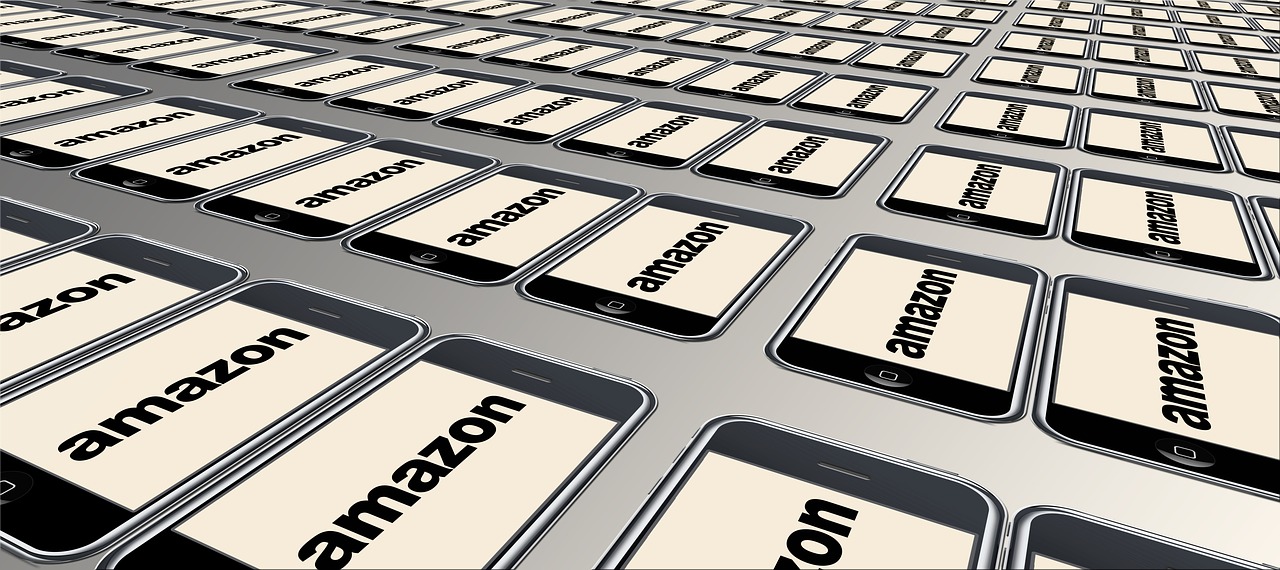
It’s easy to forget that Amazon began its life as an online retailer of books – the paper kind. The eCommerce website where today you can literally purchase almost anything you can imagine got its start selling a single type of product that would soon lose most of its relevance. The fact that Amazon’s Kindle ushered in the era of eBooks is almost poetic and goes a long way toward explaining the brand’s success. Paper books seem inconvenient? No problem. We’ll just create something more modern, convenient, and relevant to the needs of our customers.
A Culture of Innovation
You don’t create a brand the size of Amazon without taking some chances, and like any executive, Jeff Bezos doesn’t hit the mark 100 percent of the time. However, Amazon has long been committed to innovating in a customer-friendly way. There will always be another shiny new product in the Amazon pipeline looking to grab your attention, but so much of the innovation focuses on the nuts-and-bolts logistics of getting you what you in the most efficient, convenient way possible. Drone deliveries aren’t here just yet, but will you really be surprised the first time an airborne Amazon robot drops off a package at your door?
It’s not just about innovation because Amazon does a great job of adapting and popularizing useful existing technologies based on the broad needs of its audience. Customer reviews and star ratings for products were not always as common as they are today. The fact that Amazon has so strongly embraced those valuable feedback tools is great for Amazon customers and puts pressure on other retailers to keep up. Today, you’ll find very few eCommerce retailers without a system for customer reviews.
The content and reviews that Amazon provides aren’t just for research purposes. Shopping is also a very social experience, even when you’re doing it from your couch. Reviews get people talking, drive traffic, and encourage users to explore deeper into the site. Content captures attention, and the best stuff finds its way to social influencers. Images are easy to share, and often explain more than any product description. It’s nice to get that social experience of shopping, without having to worry about standing in line.
Making Customer Service a Priority
If you claim to listen to your customers on the big-picture stuff, you can’t turn around and ignore them when they have an individual issue. Have you ever had something go wrong with an Amazon order? When you order as often as I do, these things tend to happen on occasion. Perhaps the most remarkable thing about Amazon customer service is that you don’t have to put on your “angry consumer” hat to get things done. If something is damaged during shipping or doesn’t arrive on time, you don’t have to battle your way through a thicket of customer service reps hoping to find the one with the power to solve your problem.
Some brands talk a big game about putting the customer first, then make you wait a week for a substandard response to even the most basic customer support questions. Amazon wants to make sure you know that your voice is being heard, which means you’ll get a quick response, from a real person who is empowered to take meaningful action to resolve the issue at hand.
There are plenty of brands that innovate their way straight into irrelevance by ignoring the needs of their customers. Amazon isn’t the only example of an eCommerce site that takes a more sensible approach, but it’s the best by any measure. Listening to the needs of your customers – and I mean really listening – is one of the most important steps you can take on the path to retail relevancy.
Stay tuned for my next article in this series on Amazon Payments…#FollowThePath #RetailRelevancy… #NoLetUp
Previously posted at TedRubin.com